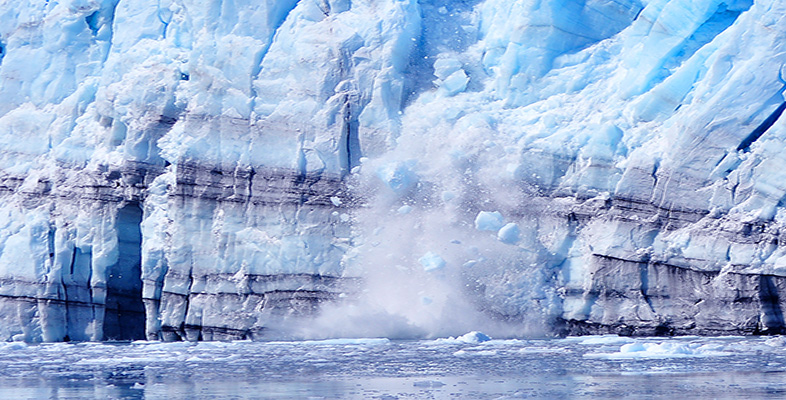1.3.2 The fate of incoming solar radiation
SAQ 9
Look back at Figure 7. In this schematic representation, what is the fate of incoming solar radiation?
Answer
It is either reflected back to space (31 units) or absorbed by the surface (69 units).
Some solar radiation is, in fact, absorbed as it travels down through the atmosphere. Mostly, this is radiation at wavelengths in the two 'tails' of the solar spectrum (Figure 5) - the ultraviolet and the near infrared.
Like water vapour and CO2, the ozone in the troposphere acts as a greenhouse gas. Unlike those two gases, however, very little of the Earth's ozone is, in fact, in the lower atmosphere; the bulk of it (some 90%) is in the stratosphere, where it forms the so-called ozone layer. In this more-rarefied region, ozone plays a different role because it also absorbs the shorter ultraviolet wavelengths in the solar spectrum - radiation that is lethal to many micro-organisms and can damage important biological molecules, leading to conditions such as skin cancer in humans. Fortunately for life on Earth, most of this radiation is absorbed by the ozone layer, preventing it from penetrating deeper into the atmosphere. More pertinent here, the absorption of incoming solar energy by stratospheric ozone heats this region of the atmosphere directly. In effect, the stratosphere is heated from above, whereas the troposphere is heated from below. This is why the highest temperatures are found at the top of the stratosphere, but at the bottom of the troposphere (as shown in Figure 9).
About half of the incoming near-infrared radiation is also absorbed, mainly by water vapour low down in the troposphere. In addition, the atmosphere contains a huge assortment of aerosols - fine solid particles and liquid droplets suspended in the air. Except in the aftermath of a major volcanic eruption (of which more in Section 1.5), aerosols are also most abundant in the lower atmosphere; natural sources include desert dust wafted into the air by wind, smoke and soot from wildfires, salt from sea-spray, and so on. Depending on their make-up, aerosols can absorb solar radiation - or (and this is usually more important) scatter some of it back to space. Globally, aerosols make a significant contribution to the Earth's albedo (included in the figure of 31% quoted earlier). They also play another important role. Many aerosols act as cloud condensation nuclei, providing surfaces that promote the condensation of water vapour to form the liquid droplets (or ice crystals, at higher and colder altitudes) suspended in clouds - a process that occurs less readily in 'clean' (i.e. aerosol-free) air.
